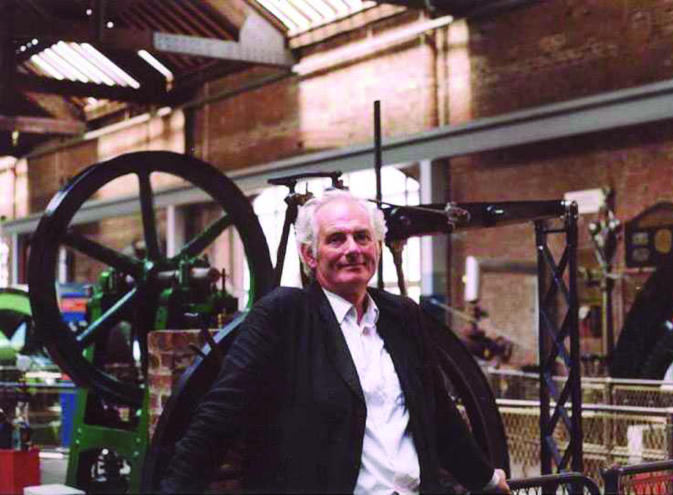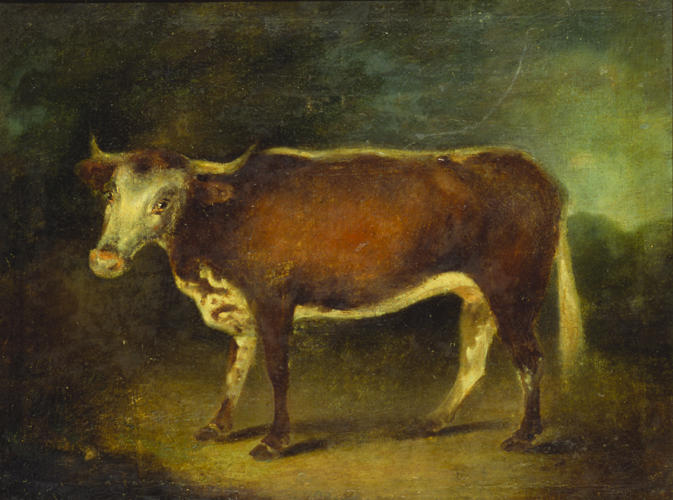Short abstract
BBC 2, 28 October at 8 pm
Rating: ★★★
Presenter Dan Cruickshank has an infectious, donnish enthusiasm and joie de vivre that television producers obviously believe lends popular appeal to subjects that some viewers might otherwise consider dry as dust. In the latest episode of What the Industrial Revolution Did for Us, Cruickshank brought his straightforward storytelling and capacity for wonder to bear on the earliest controlled medical trials and the birth of modern medicine.
Introducing us to the achievements and discoveries of the likes of vaccine pioneer Edward Jenner, James Lind, who discovered the cause of scurvy, and William Withering, who is credited with introducing digitalis to medical science, Cruickshank explained how doctors in the 18th century were beginning to overturn 2000 years of hearsay, speculation, and hope. They were replacing it with science, with experiment and observation, and were giving medicine a new place in society.
Figure 1.

The enthusiastic Dan Cruickshank
Credit: BBC
While industrialisation had made Britain rich, it had also made Britain sick. Diseases such as smallpox, typhus, and tuberculosis had dire consequences, and these consequences were intensifying on Britain's increasingly crowded streets. In the mid-18th century the average life expectancy was 36 and, as Cruickshank said, Britons had one overriding preoccupation: their health. Maybe not much has changed in that respect, nor in people's tendency to turn to quack remedies—some harmless, such as woodlice ground with nutmeg and sugar, some deadly, such as mercury and arsenic—in their desperation for a cure.
But in the 1700s the anecdotal began to gave way to the tried and tested. When William Withering, a Shropshire physician and botanist, heard how a man with dropsy had recovered after drinking a herbal medicine that had been brewed from foxglove, he had to know exactly how the plant had worked. He spent 10 years researching effects of foxglove and the correct dosage of digitalis needed to strengthen the contractions of the heart muscle. Withering published the results of his clinical trials in 1785.
James Lind was a Scottish naval surgeon who carried out a new kind of trial of the various cures that had been suggested for scurvy. Lind discovered that vitamin deficiency was the cause of scurvy by taking 12 men, all with similar symptoms of scurvy, dividing them into six pairs, and giving each pair different dietary supplements: cider, an unspecified elixir, seawater, vinegar, citrus fruit, and a mixture of garlic mustard and horseradish. Lind's way of thinking, as Sir Iain Chalmers, editor of the James Lind Library, explained, was "exactly the way that today we distinguish useful treatments from harmful ones."
Figure 2.

Blossom, who had a leading role in the discovery of vaccination
Credit: JENNER MUSEUM, GLOUCESTER
Perhaps the disease that Britons during the Industrial Revolution feared most of all was smallpox. It was Gloucestershire doctor Edward Jenner's curiosity about milkmaids' apparent immunity to the disease that led him to devise the experiment (involving a milkmaid, a young boy, and a cow named Blossom) that gave us vaccination.
The programme came across as part documentary, part historical drama, with Cruickshank appearing face to face with fresh faced milkmaids and sailors sucking oranges and lemons. But this was far more than history-of-medicine-lite: this was an entertaining and successful attempt to explain the origins of the clinical trial and the value of the evidence based approach.


